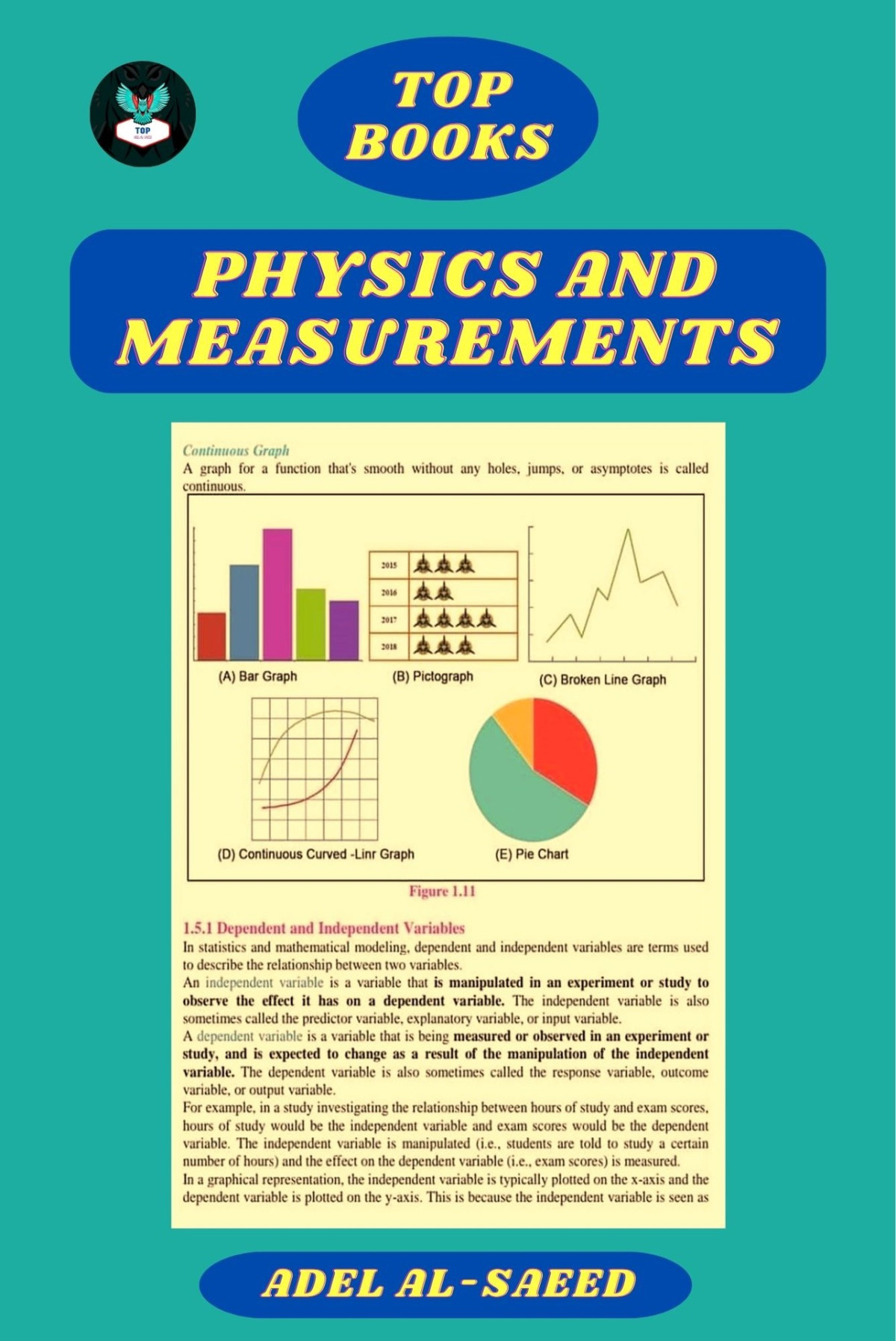

Most ebook files are in PDF format, so you can easily read them using various software such as Foxit Reader or directly on the Google Chrome browser.
Some ebook files are released by publishers in other formats such as .awz, .mobi, .epub, .fb2, etc. You may need to install specific software to read these formats on mobile/PC, such as Calibre.
Please read the tutorial at this link: https://ebookbell.com/faq
We offer FREE conversion to the popular formats you request; however, this may take some time. Therefore, right after payment, please email us, and we will try to provide the service as quickly as possible.
For some exceptional file formats or broken links (if any), please refrain from opening any disputes. Instead, email us first, and we will try to assist within a maximum of 6 hours.
EbookBell Team

4.3
68 reviewsPage Dimensions: The booklet measures 6 x 9 inches, making it compact and easily portable, allowing readers to conveniently access the information wherever they go.
Content Elements
Scope of Physics: This section introduces readers to the broad scope of physics and its relevance to various scientific disciplines and everyday life. It highlights the fundamental concepts and laws that govern the behavior of matter and energy.
SI Base, Derived Units, Supplementary Units: Here, the booklet provides a comprehensive overview of the International System of Units (SI). It covers the base units, derived units, and supplementary units used in physics and measurement, along with their definitions and symbols.
Dimensionality: This section delves into the concept of dimensionality in physics. It explains how physical quantities are categorized into fundamental dimensions, such as length, mass, time, and electric current, and how these dimensions are combined to derive other quantities.
Errors and Uncertainty: Understanding the limitations and sources of errors in measurements is crucial in physics. This segment covers different types of errors, including systematic and random errors, as well as techniques to calculate and express uncertainty in experimental measurements.
Graphs: The booklet explores the significance of graphical representations in physics. It explains how graphs can visually depict relationships between variables, enabling scientists to analyze data, identify trends, and make predictions.